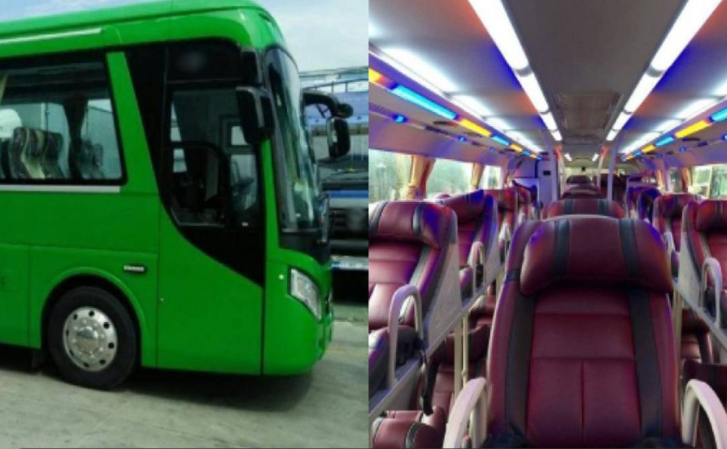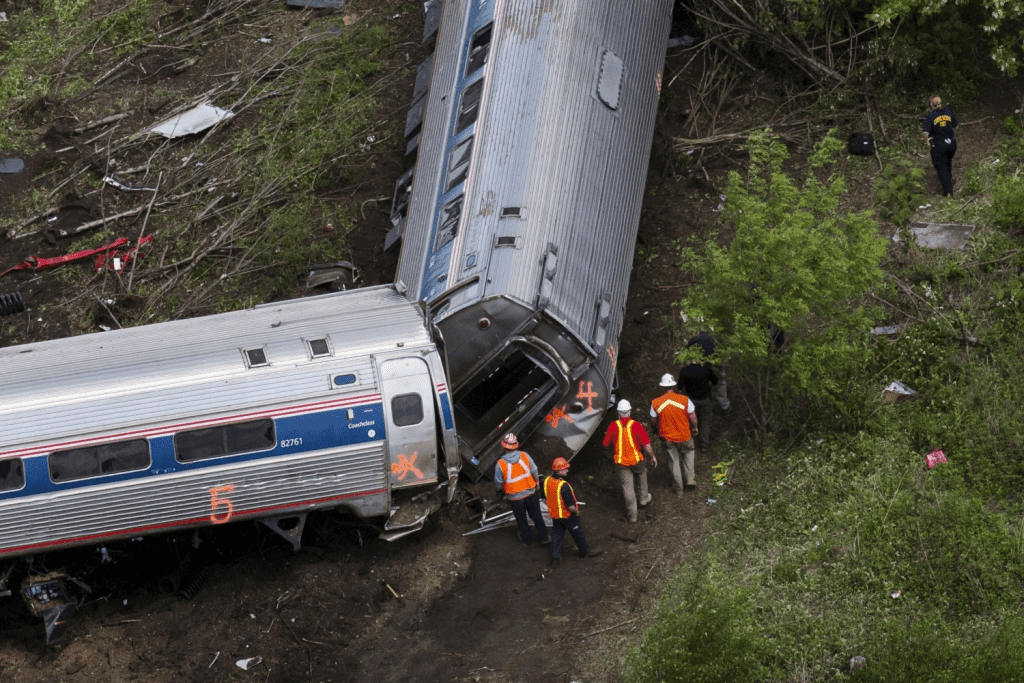When it comes to travel, safety is always a top priority. Whether you’re commuting by car, bus, train, or plane, knowing where to sit could make a significant difference in an emergency. While no seat is 100% accident-proof, certain positions are statistically safer than others based on historical data and expert analysis. So, where should you sit for the safest possible journey? Let’s break it down by different modes of transport.
The Safest Seat in a 5-Seat Car

For small vehicles like a 5-seat car, the safest seats are found in the back row. Specifically:
- The Middle Rear Seat: Positioned farthest from the windows and car doors, the middle seat offers additional protection in side-impact collisions. It’s also farther from the windshield and dashboard, reducing the risk of injury in frontal crashes.
- The Seat Behind the Driver: This spot is slightly safer compared to the passenger-side rear seat, as the driver often instinctively shields their side during an accident.
Why are these seats safer? Front-row passengers are closer to the impact zone in frontal crashes, and the rear seats generally provide better cushioning from direct forces.
The Safest Seat in a 7-Seat Car
In larger vehicles like 7-seaters, such as SUVs or minivans, the safest seat shifts slightly:
- Middle Row, Center Seat: This position is well-protected from both frontal and side impacts, offering a buffer from all angles. Being in the middle row also minimizes exposure during rear-end collisions.
- Second Choice: Middle Row Behind the Driver: Like in smaller cars, sitting behind the driver can provide added protection in certain types of accidents.
Always prioritize properly fastening seat belts in these vehicles, as unrestrained passengers can cause harm to themselves and others during a collision.
The Safest Seat in Minibuses or Passenger Vans (9–16 Seats)
For minibuses or small passenger vans, the layout introduces additional considerations:
- Seats Behind the Driver: These tend to be less affected during frontal collisions, which are among the most common types of accidents.
- Backward-Facing Seats (if available): Seats facing backward reduce the effects of forward inertia in crashes, decreasing the risk of injury from sudden stops.
Avoid sitting near doors or windows, as these areas are more vulnerable to debris, shattered glass, or side-impact forces.
The Safest Seat on a Passenger Bus or Coach
Passenger buses and coaches are designed for group travel, but where you sit can influence your safety:
- The Middle of the Bus: Seats toward the center are safest as they are farthest from potential points of impact, such as the front in a head-on collision or the rear in a rear-end collision.
- Aisle Seats in the Middle Section: Aisle seats offer better protection from shattered windows in case of a side collision.
Avoid sitting near the front windshield or rear exit, as these areas tend to bear the brunt of impacts during accidents.
The Safest Seat on a Train
Train safety depends on the length and positioning of the cars. Based on collision data:
- Middle Train Cars: These are statistically safer than the front or rear cars, which are more prone to derailment or absorbing the majority of impact during collisions.
- Away from Windows: Choosing a seat away from windows reduces the likelihood of injury from flying glass or debris.
For added safety, take note of emergency exits and keep your belongings secured, as loose items can become hazards during sudden stops or derailments.
The Safest Seat on a Ship or Ferry

Maritime travel introduces a unique set of challenges. If you’re concerned about safety on a ship or ferry:
- Upper Decks and Cabins: Higher areas are typically the last to submerge in the rare event of sinking, giving you more time to evacuate.
- Central Cabins or Seating: Avoid outer cabins near the hull, as these are closer to the waterline and the first to flood in emergencies.
Familiarize yourself with evacuation routes and lifeboat locations, as preparedness is just as critical as seat selection.
The Safest Seat on an Airplane
Air travel is one of the safest modes of transportation, but if you’re curious about seat safety, data suggests:
- Seats in the Rear of the Plane: Studies of crash survivability indicate that passengers near the tail of the plane have a slightly higher survival rate compared to those in the front rows.
- Middle Seats in Rear Rows: These offer the most protection, as they are farthest from both windows and aisles, reducing exposure to debris and turbulence.
While flying is statistically extremely safe, choosing a seat in the back can provide a small added layer of reassurance in the unlikely event of an accident.
Why Knowing the Safest Seat Matters

You might be wondering, “Does it really make a difference where I sit?” While travel accidents are rare, being informed about safer seating options can increase your chances of avoiding serious injuries in worst-case scenarios. Think of it as an added precaution—much like wearing a seatbelt or following safety protocols.
Choosing the safest seat also provides peace of mind. Whether you’re commuting to work or traveling across the globe, making informed decisions about your seating arrangement can help you feel more secure.
Safety Tips for All Modes of Travel
While seat selection is important, it’s just one part of staying safe. Here are a few universal travel safety tips:
- Always Wear a Seatbelt: Whether you’re in a car, plane, or bus, seatbelts significantly reduce the risk of injury during accidents.
- Stay Alert: Pay attention to safety briefings, emergency exits, and evacuation routes, no matter the mode of transportation.
- Secure Your Belongings: Loose items can become projectiles during sudden stops or collisions.
- Follow Safety Guidelines: Adhering to rules—like wearing life jackets on a ferry or keeping your seatbelt fastened on a plane—can make all the difference.
Conclusion: Smart Choices Lead to Safer Travels
While accidents are rare, knowing where to sit during your journey can offer an extra layer of protection. From the middle seats of a car to the rear of an airplane, small decisions can make a big difference. Ultimately, safety comes down to a combination of factors: proper seat selection, following safety protocols, and staying aware of your surroundings.
The next time you’re planning a trip, take a moment to think about your seat choice. It’s a simple step that could help ensure your journey is not only enjoyable but also as safe as possible. After all, a little knowledge goes a long way in keeping you and your loved ones protected.


